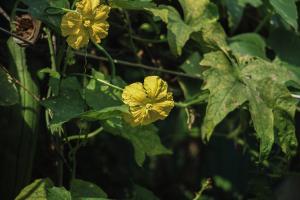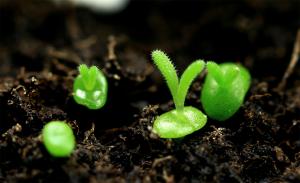Is it a good time to plant trees?
Planting trees is one of the most effective ways to combat climate change and restore the environment. However, timing is key when it comes to planting trees. In this article, we'll explore the factors that determine whether it's a good time to plant trees.
The best time to plant trees
The best time to plant trees depends on several factors, including the type of tree and the local climate. In general, the ideal time to plant trees is during the dormant season, which is the period when the tree is not actively growing. This usually coincides with late autumn or early spring.
Dormant-season planting has several benefits. Firstly, the tree is not using as much energy, which means it can focus on establishing its root system. Secondly, the cool temperatures and increased rainfall during this period provide optimal conditions for the tree to grow. Finally, planting trees during the dormant season reduces stress on the tree and increases its chances of survival.
The worst time to plant trees
Planting trees during the wrong time of year can have several negative consequences. For instance, planting trees during the summer months, when the tree is actively growing, can increase stress on the tree and decrease its chances of survival.
Moreover, planting trees during periods of drought or extreme weather events can also be detrimental to the plant's health. Lack of water and nutrients can severely impact the tree's ability to establish itself and grow properly.
Consider the local climate
When deciding whether it's a good time to plant trees, it's important to consider the local climate. Different regions have different conditions that can affect tree growth and survival.
In areas with cold winters, it's generally best to plant trees in the spring, after the last frost. In warmer regions, planting trees in the fall or winter, when temperatures are cooler and rainfall is more abundant, is often advised.
Other factors to consider
Aside from timing, other factors can affect tree growth and survival. For instance, the site where the tree will be planted should be carefully chosen, taking into account soil conditions, sunlight exposure, and moisture levels.
It's also important to choose the right type of tree for the local environment. Some trees are better suited for certain climates or soil types than others. Consult with a local arborist or horticulturalist to determine the best tree species for your area.
Conclusion
Planting trees is a vital component of environmental restoration and combating climate change. However, it's important to plant trees at the right time to ensure their best chance of survival and growth. By considering factors such as climate and soil conditions, we can ensure that our efforts to plant trees are both effective and sustainable.

 how many times do yo...
how many times do yo... how many planted tre...
how many planted tre... how many pine trees ...
how many pine trees ... how many pecan trees...
how many pecan trees... how many plants comp...
how many plants comp... how many plants can ...
how many plants can ... how many plants and ...
how many plants and ... how many pepper plan...
how many pepper plan...

































